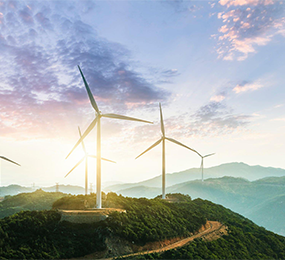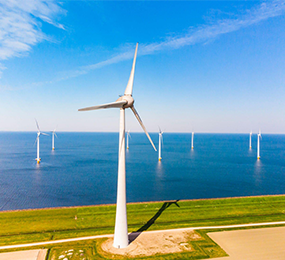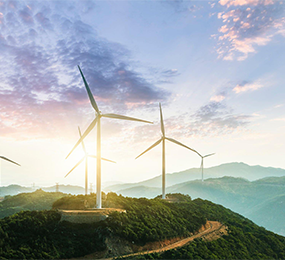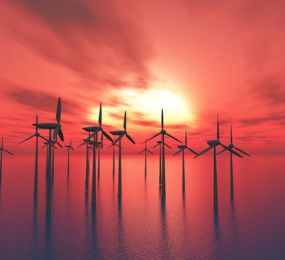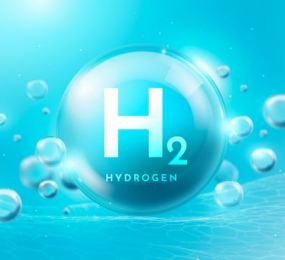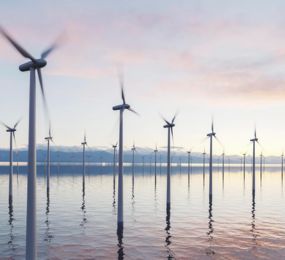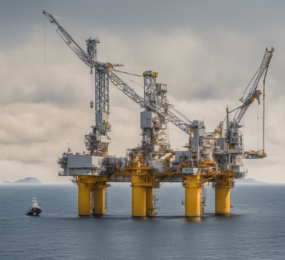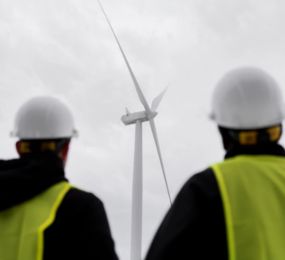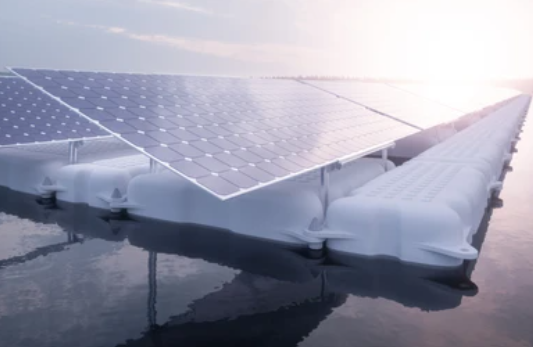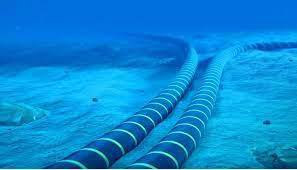Wind energy has rapidly grown to become a leading source of clean, renewable power, contributing significantly to reducing greenhouse gas emissions and combating climate change. However, as wind turbines age, their efficiency can decline, and maintenance becomes increasingly critical to extend their operational lifetimes. Smart maintenance and digitalization are emerging as transformative tools in the effort to maximize the longevity of wind turbines.
The Importance of Wind Turbine Maintenance
Regular maintenance is essential to keep wind turbines operating at peak efficiency. This maintenance typically includes routine inspections, lubrication of components, and the replacement of worn or damaged parts. Over time, however, the wear and tear on critical components such as gearbox bearings, rotor blades, and generators can lead to performance degradation and increased downtime.
The Role of Smart Maintenance
Smart maintenance leverages the power of data, sensors, and advanced analytics to optimize maintenance activities and enhance turbine performance. Here's how it works:
1. Condition Monitoring: Sensors placed strategically throughout the turbine continuously monitor the condition of critical components. These sensors measure parameters like temperature, vibration, and oil quality. Any deviations from normal operating conditions trigger alerts.
2. Predictive Maintenance: Advanced analytics, including machine learning algorithms, process the data from sensors to predict when specific components are likely to fail. This allows for maintenance to be scheduled before a breakdown occurs, minimizing downtime and reducing repair costs.
3. Remote Monitoring: Wind farm operators can remotely access real-time data from turbines, enabling them to monitor performance and diagnose issues without sending technicians on-site. This capability is especially valuable for offshore wind farms.
4. Digital Twins: Some wind farms use digital twins, which are virtual replicas of physical turbines. By simulating the behavior of real turbines, digital twins can help operators make more informed decisions about maintenance and performance optimization.
Benefits of Smart Maintenance and Digitalization
The adoption of smart maintenance and digitalization in the wind energy sector brings several notable advantages:
- Increased Efficiency: Predictive maintenance minimizes unplanned downtime, ensuring turbines generate power at maximum efficiency.
- Cost Savings: By identifying issues before they lead to major failures, operators can avoid costly repairs and extend the lifespan of components.
- Improved Safety: Fewer on-site inspections reduce the risk to maintenance personnel working at heights or in challenging conditions.
- Enhanced Sustainability: By extending the lifespan of wind turbines, smart maintenance supports the industry's overall sustainability goals by reducing the need for new installations and their associated environmental impact.
Smart maintenance and digitalization are transforming the wind energy sector by ensuring that existing wind turbines operate efficiently for their full lifespans. As the world increasingly relies on renewable energy, these technologies will continue to play a crucial role in maximizing the value and sustainability of wind power investments.
To register or learn more about the Forum please check here: https://bit.ly/3PnCoWn
For more information and group participation, contact us: [email protected]


